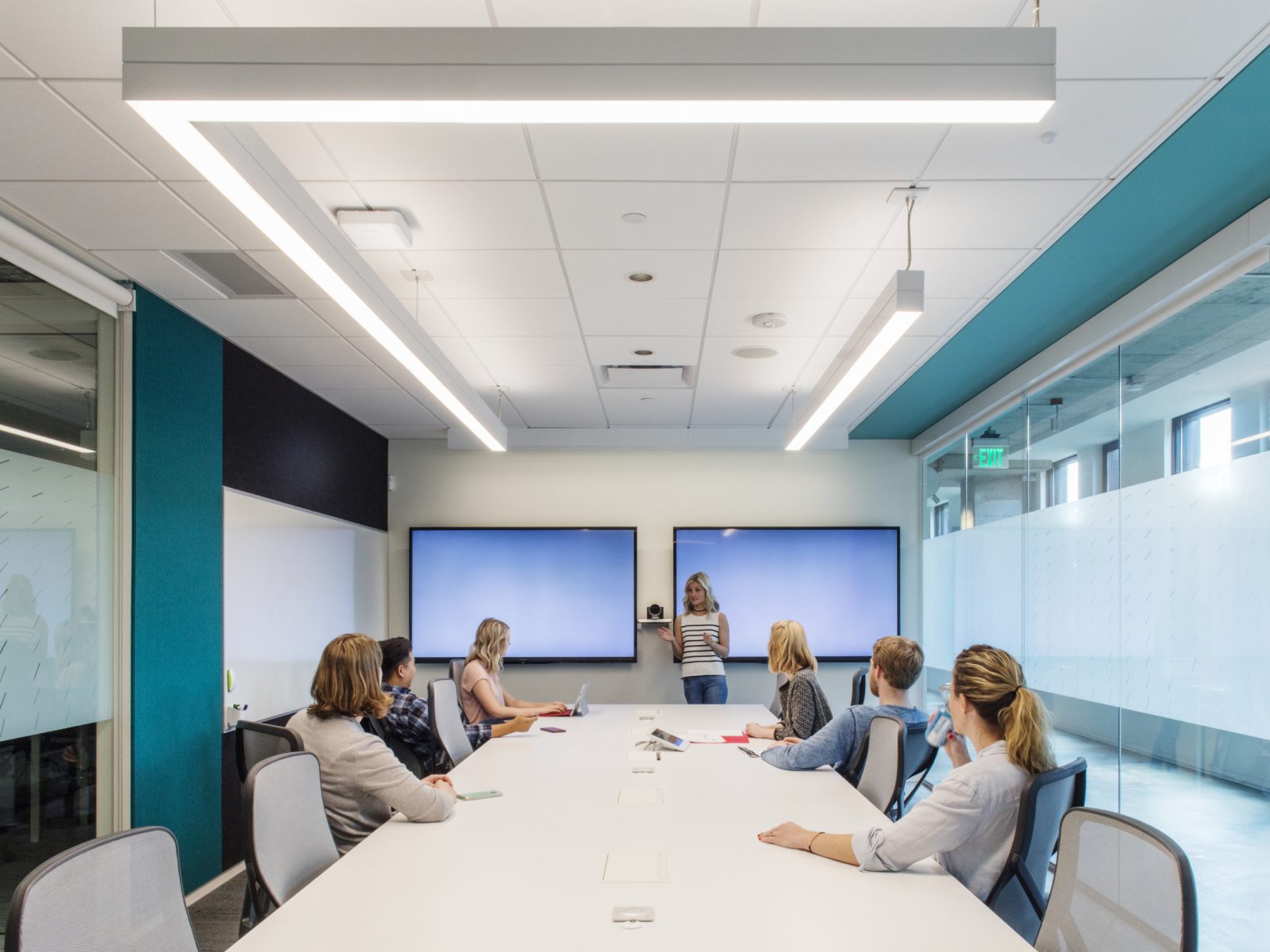It's Alive!
Living Office applies a deeper understanding of what makes us human to help create workplaces that deliver a more natural and desirable experience of work for people, and fuel greater outcomes for organizations.

Story by Sam Grawe & Greg Parsons
Illustrations by Daniel Carlsten
As Herman Miller’s former design director, George Nelson, astutely observed nearly half a century ago, “Design is a response to social change.” Today, we recognize we are amidst a period of social change as great as any we have known. The fundamental ideas behind what work is, how and where it is done, and even why we do it have been upended and are in flux—in such a state of flux that, three years ago, we asked ourselves what management methods, tools, and workplaces would look like if we left our preconceptions behind and started fresh. Where would response to social change take us today?
Those questions led to Living Office. We were reminded that, regardless of the rate of change or the power of all our newfangled technology, all value starts and ends with people. People define the problems, imagine the ideas, define the solutions, and deliver the interactions that make anything in our world what it is.
Moreover, people determine the value of each of those things by how well it fits with who they are and what they seek. Given this, we asked ourselves: Wouldn’t it make sense to create management methods, tools, and workplaces based as closely as possible on people? In some sense, they always have been. With Living Office, we see an opportunity to make them fundamentally more so.

Today we can envision management methods that move away from the standardized, hierarchical, financially driven model of the industrial era to fully recognize people’s holistic needs and enable the best of individuals and their organizations. Where tools once demanded that we adapt to their technologically driven interfaces, today we see technology modeled on more naturally human instincts and interactions. Our technology has graduated from assisting with automation and information management to supporting the human-centered creativity and connection that is so critical to success today. And finally, we envision workplaces where the fixed formalities and formulas of the past give way to an ever-evolving, purposeful variety that is attuned to both individual and organizational needs.
Living Office has served as our way of addressing these shifts. It began three years ago as an idea. In the intervening years, we’ve worked with designers, technologists, organizational leaders, and people whose brilliance isn’t so easily categorized, all with the goal of creating these new kinds of living workspaces—and demonstrating that they make a real difference. For individuals, that difference is a workplace that is profoundly more effective and desirable. For organizations, the difference is between the necessary facilities cost and a beneficial strategic asset.
In the course of our work, Living Office has developed four distinct areas of focus: it is a new, human-centered point of view on work and workplaces that helps people and their organizations prosper; a placemaking framework to deliver these kinds of places; a diverse portfolio of furnishings and tools for provisioning them; and services and support that enable their creation and livelihood.
Even more important, Living Office also includes a new point of view on meaning. While many businesses still define performance in strictly financial terms, we envision a broader conversation. Why do people work—for a paycheck or something far greater? Can we understand engagement or inspiration more holistically? Should an organizational balance sheet also account for the happiness and well-being of individuals? What are all the ways an organization can get the greatest value from its assets? What are the real vital signs of success? In this new, human-centered world of management methods, tools, and workplaces, what does all of the connection, learning, building, and evolving add up to?

We believe the sum total is prosperity. When people understand and harness their unique passions as individuals and apply this through the greater context and purpose of an organization, both can fulfill a holistic range of fundamental needs—from financial security to greater purpose. Prosperity relies on each of us to help create it—through how we work, the tools we work with, and the places we work in. It’s a mutually reinforcing dynamic that benefits both individuals and the organizations they work for.
To read more about Herman Miller's Living Office and magazine, visit Herman Miller's website here.











